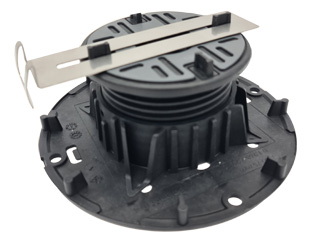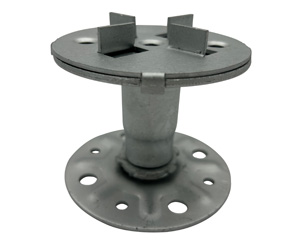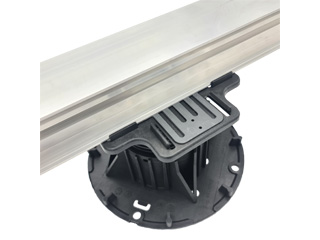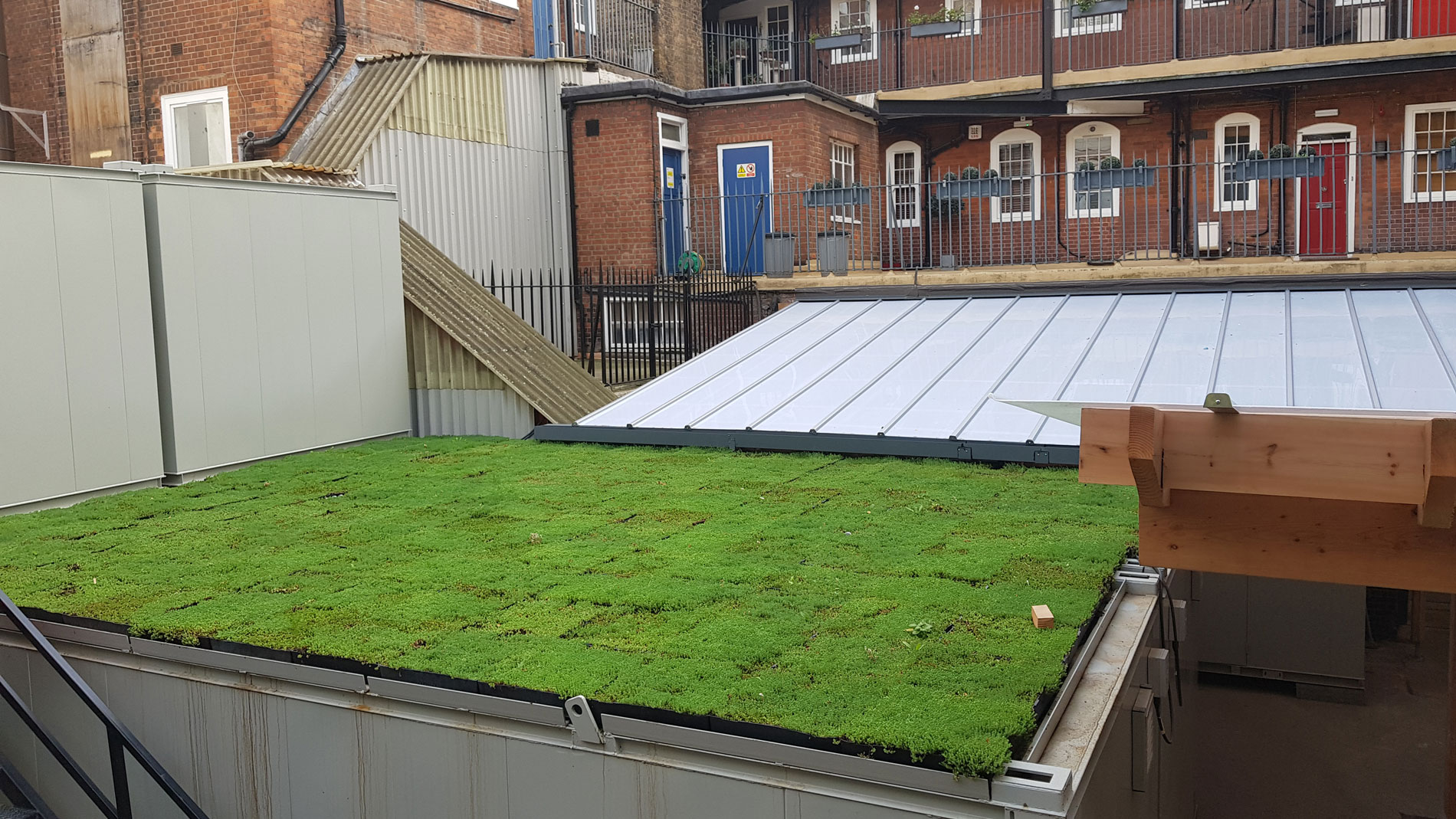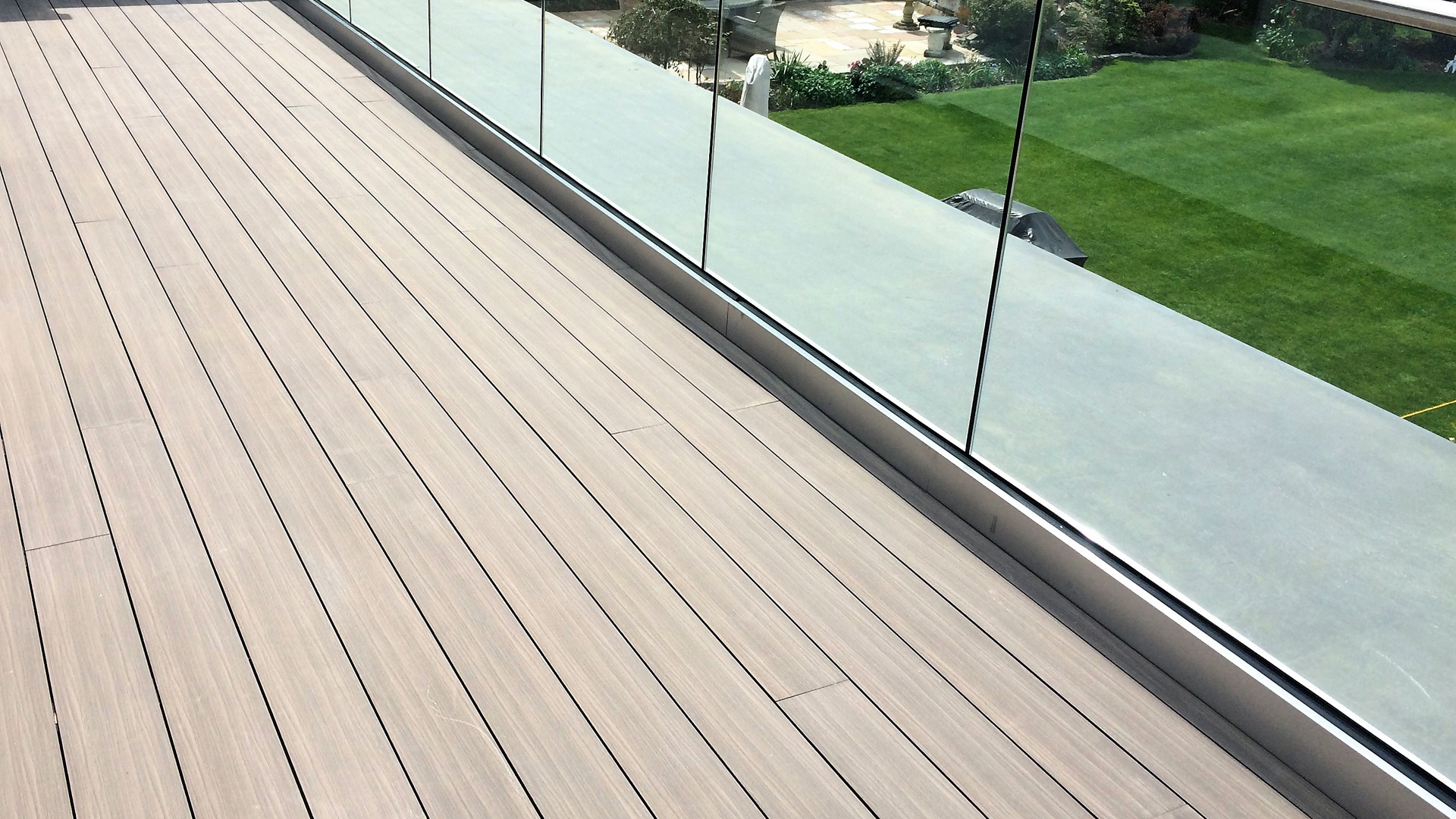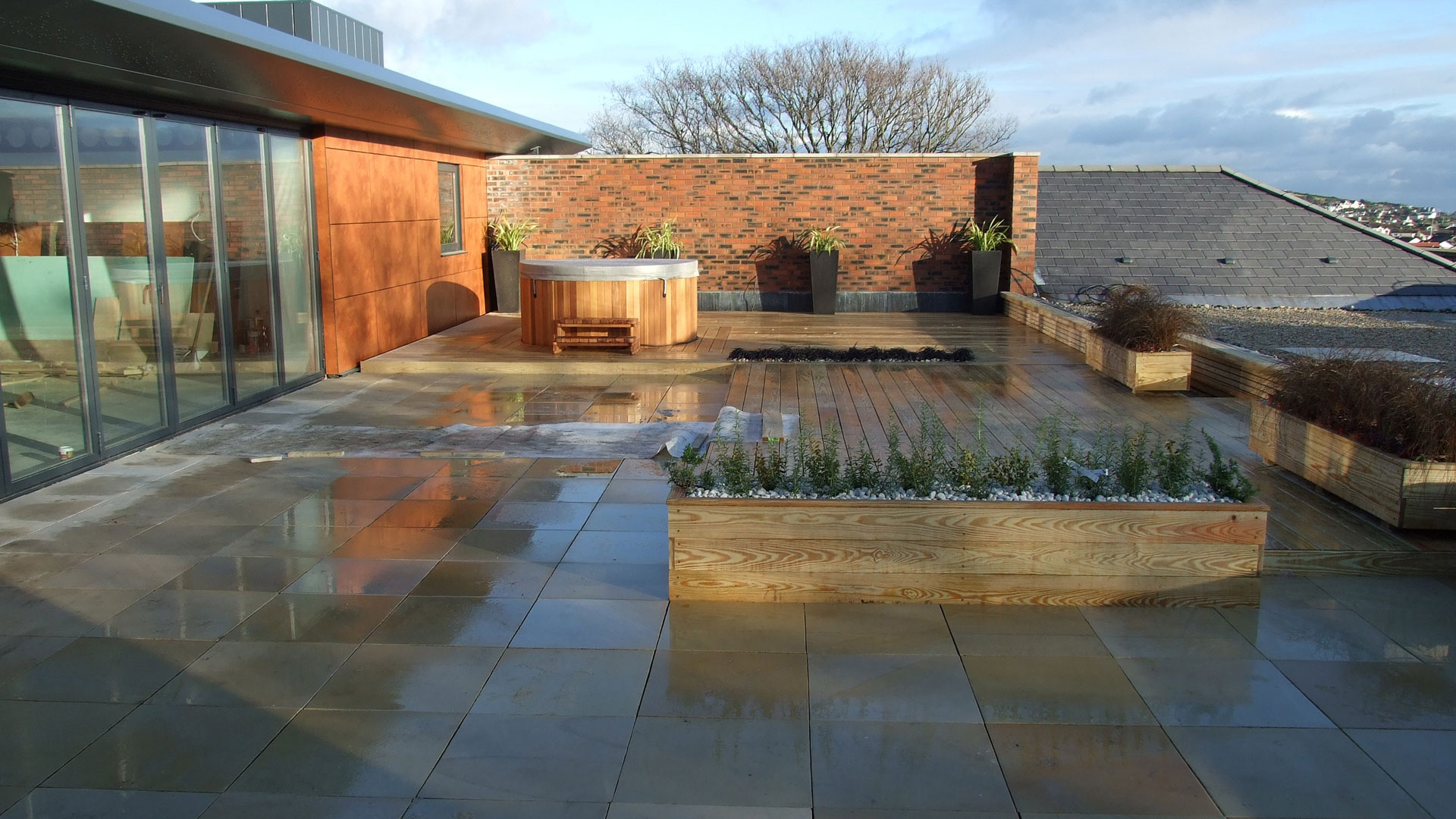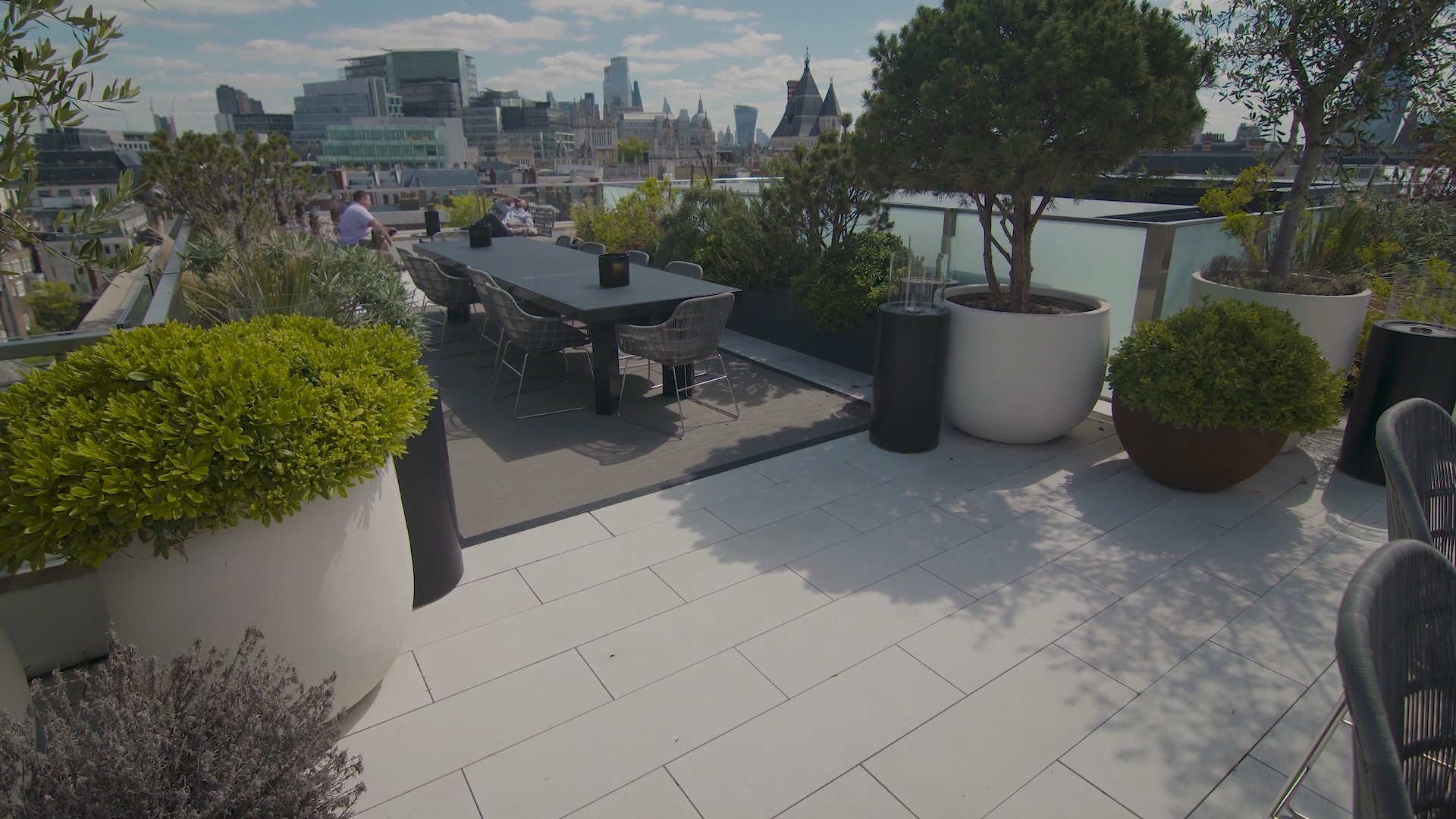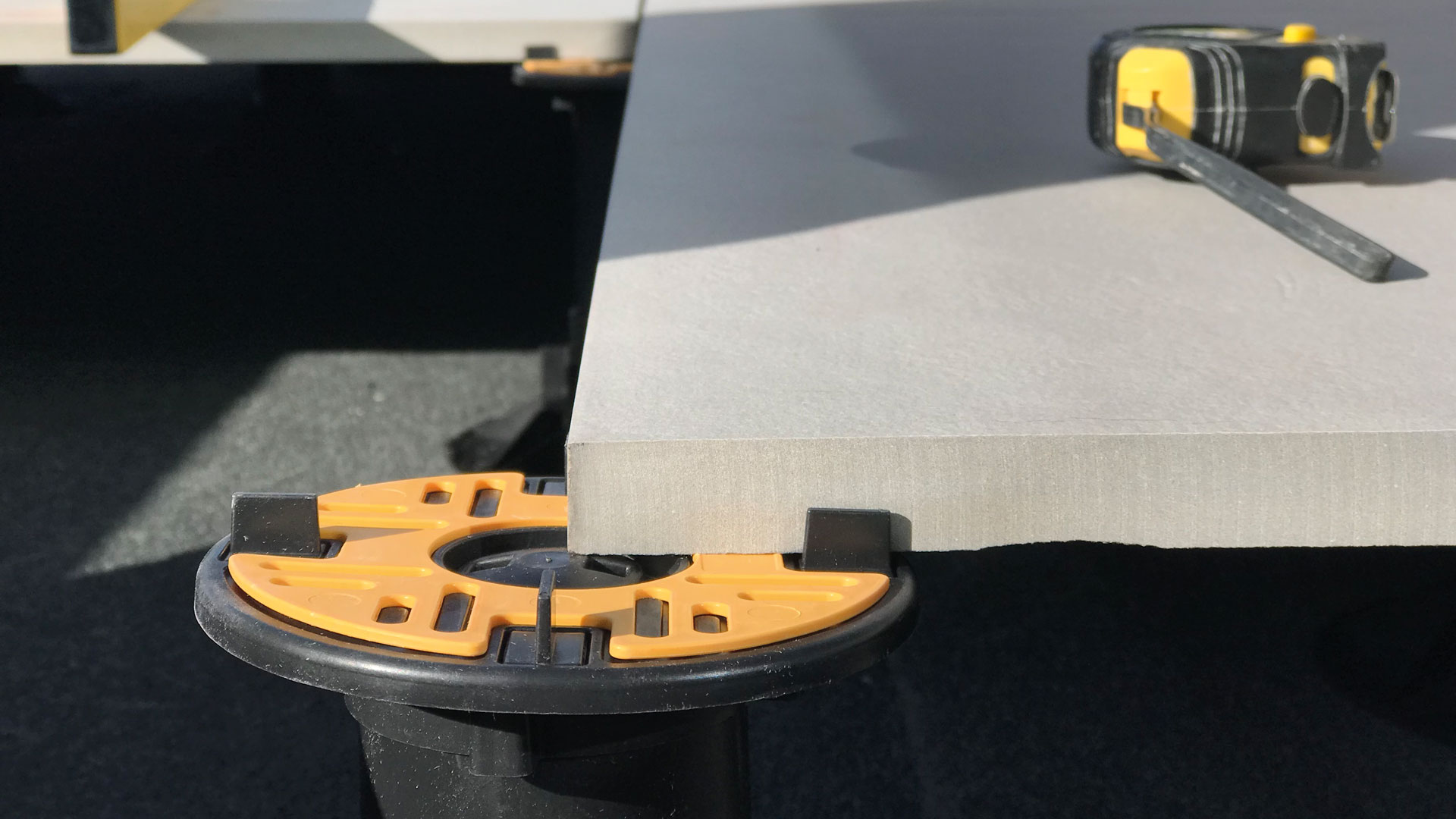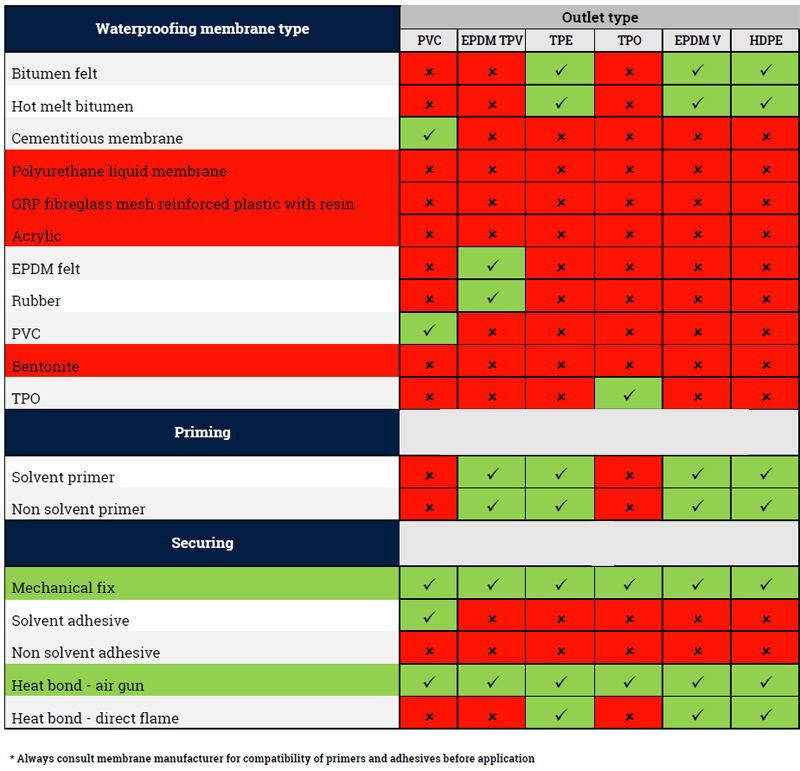As green roofs proliferate atop new buildings in Portland, landscape architects are learning lessons about what works and what doesn’t.
In July 2020, the Portland City Council adopted the Central City 2035 plan. Among sweeping changes to the zoning code, new rules require eco-roofs atop buildings of 20,000 square feet or more in commercial zones within the Central City.
Eco-roofs aren’t exactly new, but their widespread adoption is. The city required its own large-scale buildings to have eco-roofs beginning in 2015.
The rooftop gardens are also called green roofs, but the city of Portland uses the term “ecoroofs.” They have many benefits, according to boosters, but also some costs.
Foremost among the benefits is stormwater management. Eco-roofs filter stormwater and keep it from reaching waterways, particularly the Willamette River.
Eco-roofs also reduce the urban heat island effect, in which a city’s built surfaces absorb heat and raise temperatures in the area.
Eco-roof-like features can be an aesthetically pleasing amenity for residents, as at the Mirabella building in the South Waterfront. There, they appear on terraces.
For developers and project owners pursuing Leadership in Energy and Environmental Design and similar certifications, eco-roofs are often awarded hefty point totals.
Increasingly, eco-roofs are also a steady stream of revenue for landscape architecture firms.
“We are seeing an uptick in it,” said Jeramie Shane, a Mayer/Reed principal who designs eco-roofs. Other landscape architecture firms including PLACE, which is responsible for designing the eco-roofs on the Block 216 tower, and Lango Hansen, which designed a prominent eco-roof for Hyatt Unbound, have benefited from the wider adoption of eco-roofs.
A study by Reed College researchers identified 384 eco-roofs in Portland as of 2019; they totaled nearly 1.4 million square feet.
As new buildings rise in coming years, central Portland from the air will increasingly look like a series of small green spaces. Densely packed districts with eco-roofs will encourage pollinators to flit from rooftop to rooftop.
Green roofs, Shane said, “create and maintain habitat districts. We see the connectivity of green roofs being really vital to provide habitat.”
Shane recalled that he recently visited Oregon Health & Science University’s Knight Cancer Institute when a hummingbird appeared.
Among the issues landscape architects have discovered is that solar panels compete with greenery for rooftop space.
“(Photovoltaic) panels want to occupy the same space as the green roof does,” Shane said. “We’ve been testing planting green roofs under them, and in some cases they’ve been successful.”
To read the full story, please click on the link below.


